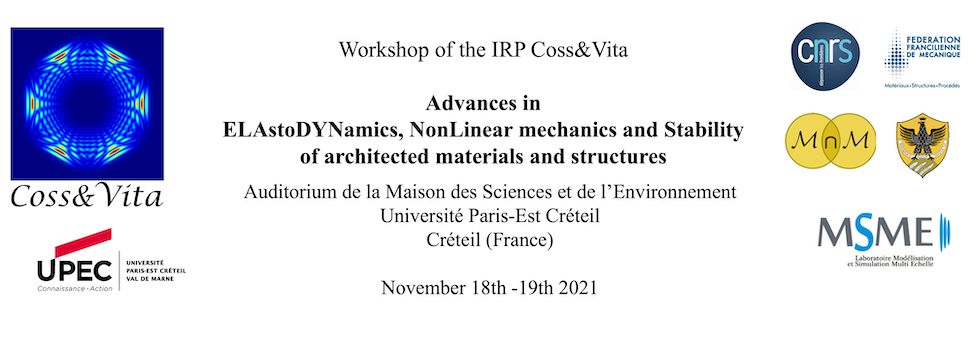This presentation focuses on the time-domain propagation of elastic waves through a 1D periodic medium that contains non-linear imperfect interfaces, i.e.~interfaces exhibiting a discontinuity in displacement and stress governed by a non-linear constitutive relation. The array considered is generated by a, possibly heterogeneous, cell repeated periodically and bonded by interfaces that are associated with transmission conditions of non-linear ``spring-mass'' type. More precisely, the imperfect interfaces are characterized by a linear dynamics but a non-linear elasticity law. The latter is not specified at first and only key theoretical assumptions are required. In this context, we investigate transient waves with both low-amplitude and long-wavelength, and aim at deriving homogenized models that describe their effective motion. To do so, the two-scale asymptotic homogenization method is deployed, up to the first-order. To begin, an effective model is obtained for the leading zeroth-order contribution to the microstructured wavefield. It amounts to a wave equation with a non-linear constitutive stress-strain relation that is inherited from the behavior of the imperfect interfaces at the microscale. The next first-order corrector term is then shown to be expressed in terms of a cell function and the solution of a linear elastic wave equation. Without further hypothesis, the constitutive relation and the source term of the latter depend non-linearly on the zeroth-order field, as does the cell function. Combining these zeroth- and first-order models leads to an approximation of both the macroscopic behavior of the microstructured wavefield and its small-scale fluctuations within the periodic array. Finally, particularizing for a prototypical non-linear interface law and in the cases of a homogeneous periodic cell and a bilaminated one, the behavior of the obtained models are then illustrated on a set of numerical examples and compared with full-field simulations. Both the influence of the dominant wavelength and of the wavefield amplitude are investigated numerically, as well as the characteristic features related to non-linear phenomena.

|
|
|
|
Effective dynamics for low-amplitude transient elastic waves in a 1D periodic array of non-linear interfaces
1 : Laboratoire de Mécanique et d'Acoustique [Marseille]
(LMA)
Aix Marseille Université : UMR7031, Ecole Centrale de Marseille : UMR7031, Centre National de la Recherche Scientifique : UMR7031
4 impasse Nikola Tesla CS 4000613453 Marseille Cedex 13 -
France
|
| Online user: 2 | Privacy |

|
 PDF version
PDF version